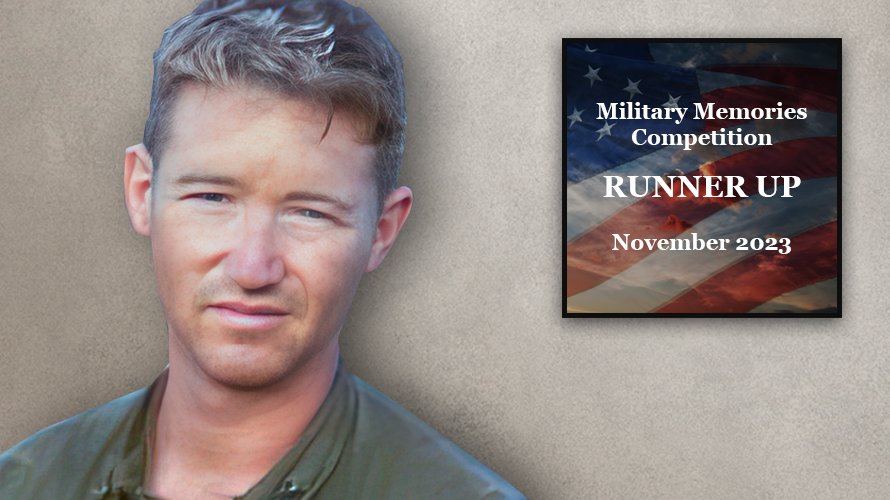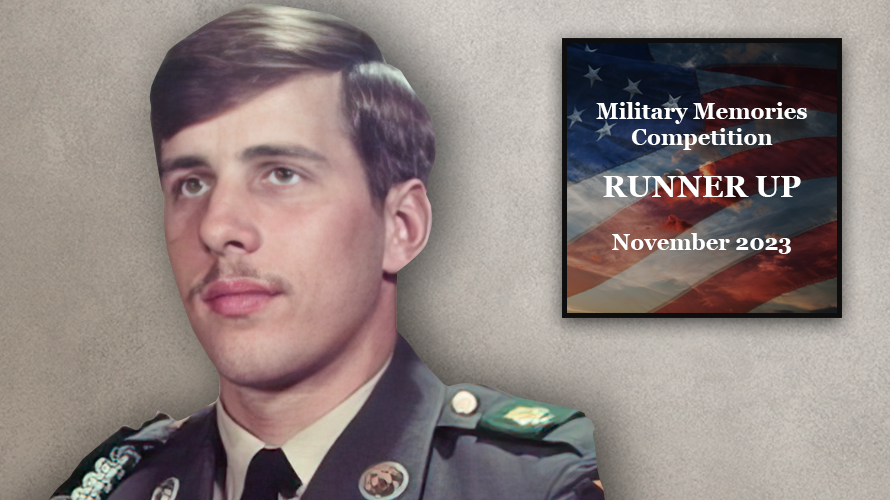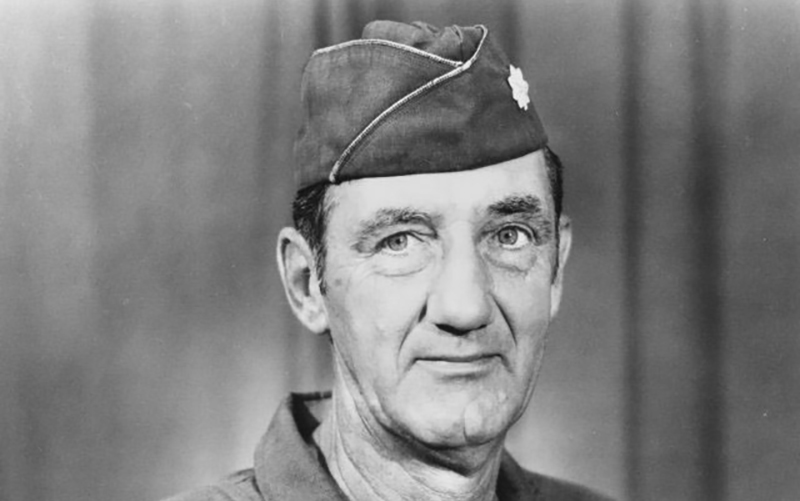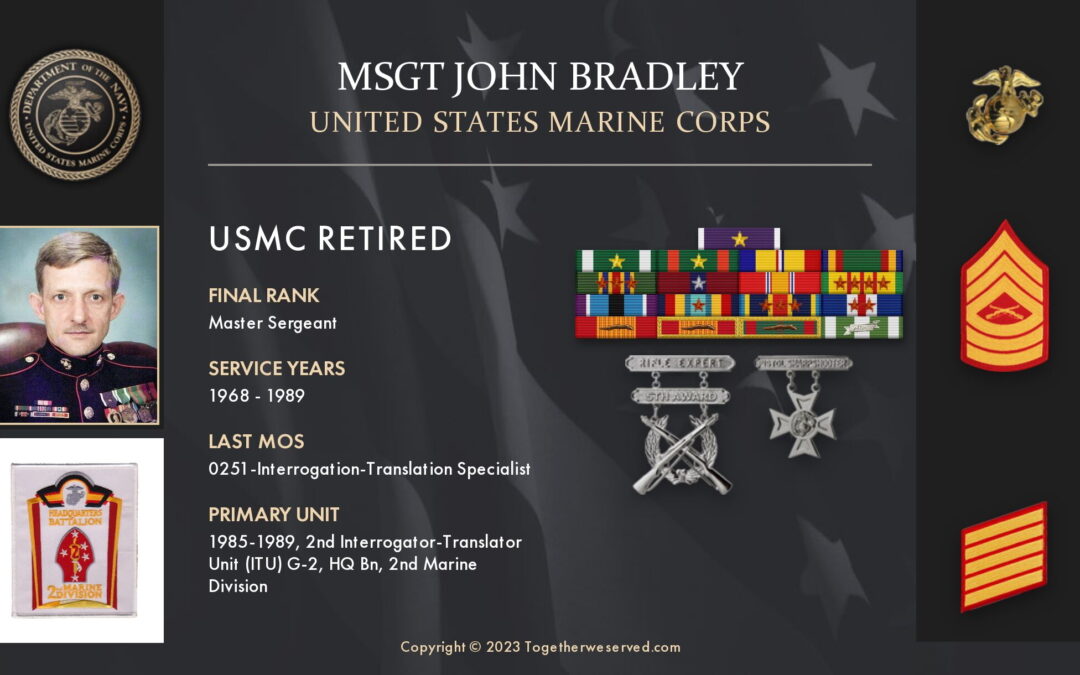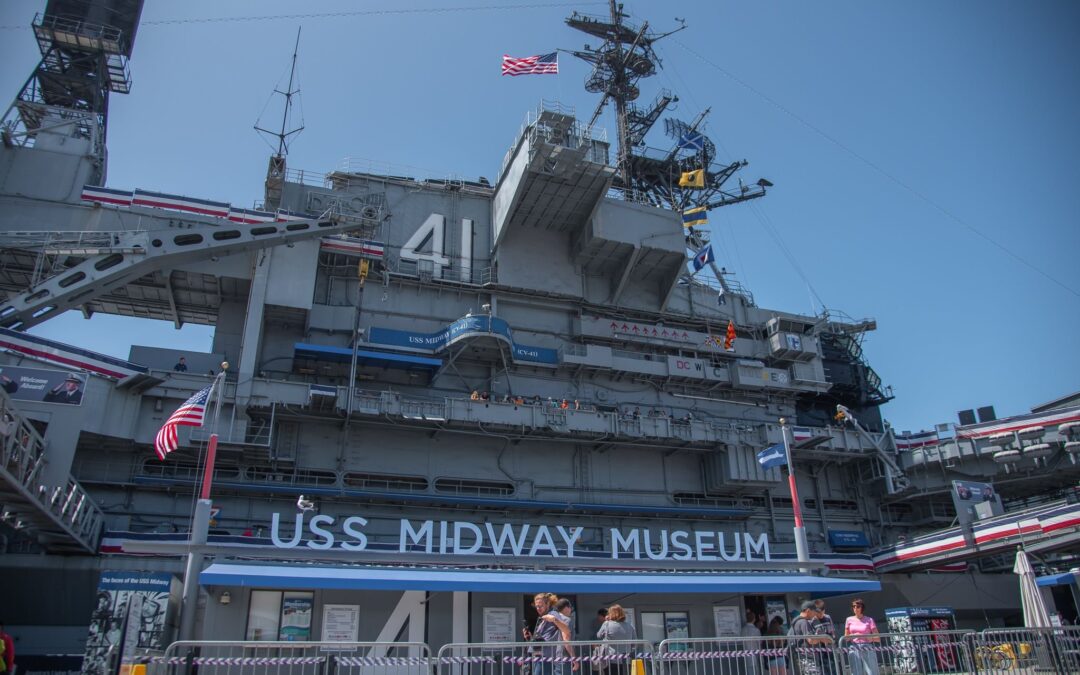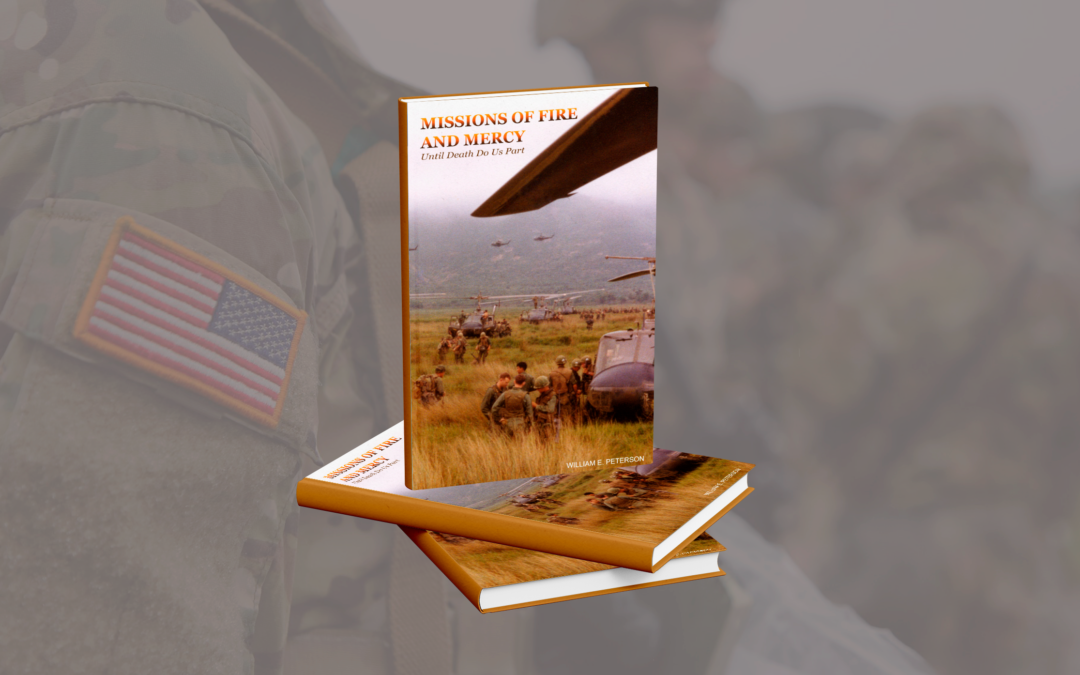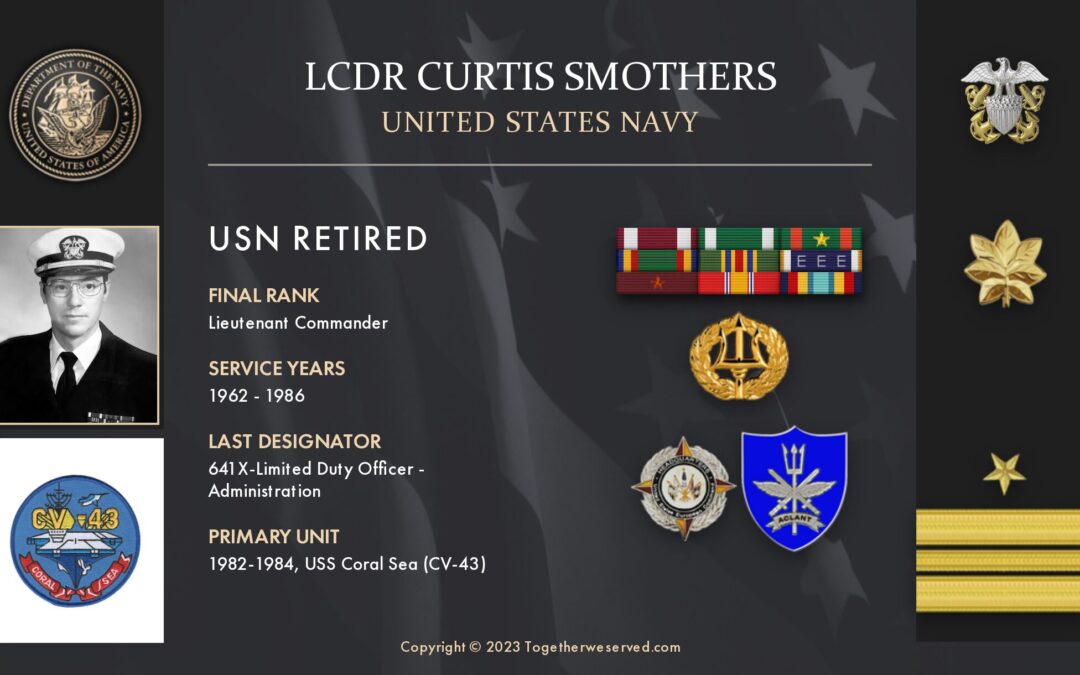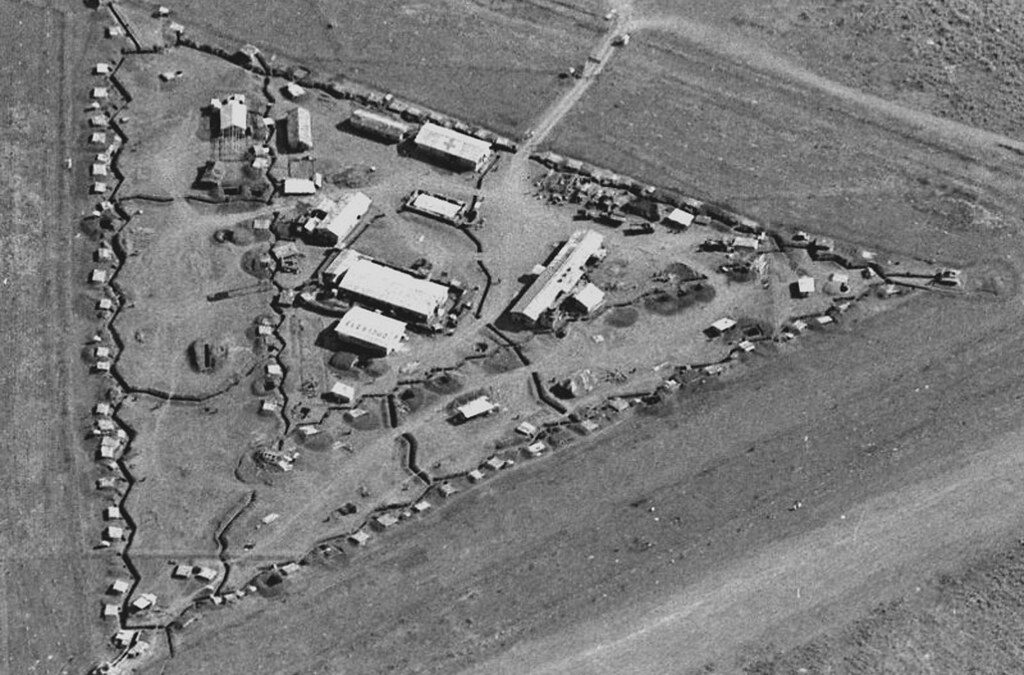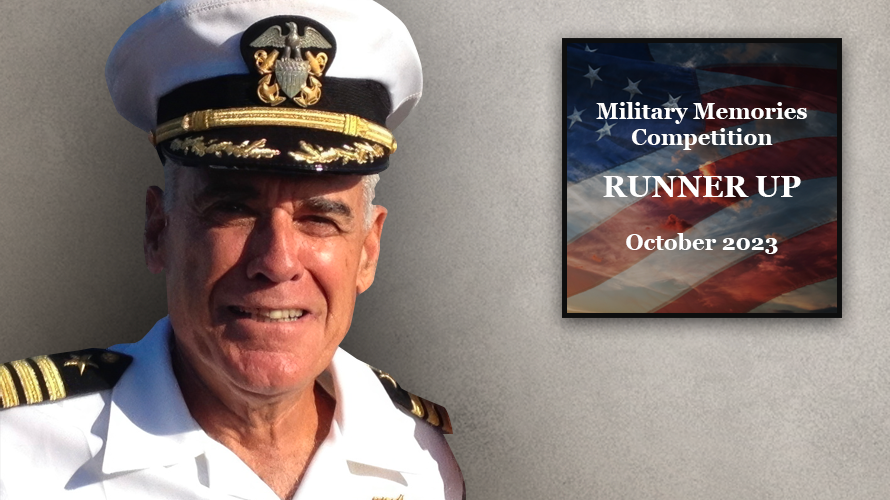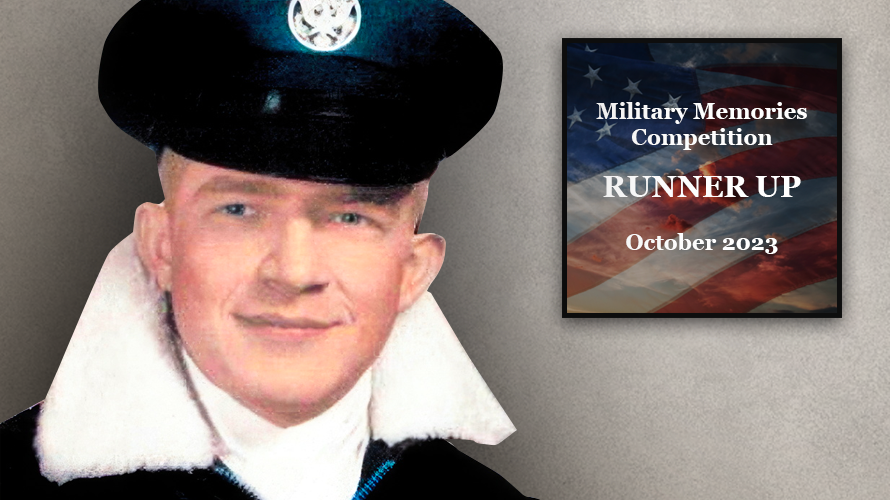What do you miss most about your time in the service and what made this especially significant to you?:
Marines are brothers for life. We each grew up in neighborhoods or farming communities where life centered around family, church, and school. We developed friendships we thought would last forever, but everyone scattered all over the country after high school graduation. Some of us could not afford college away from home, so we went to work and attended local university centers. I completed my first two years of college and married my high school sweetheart.
